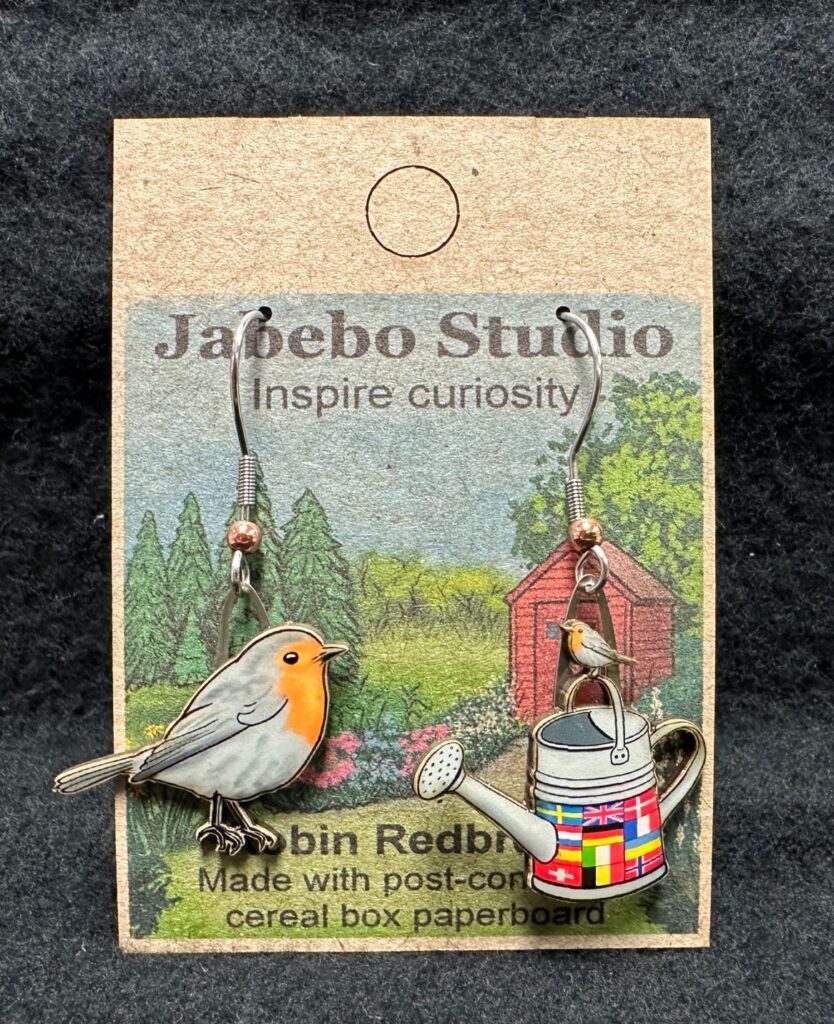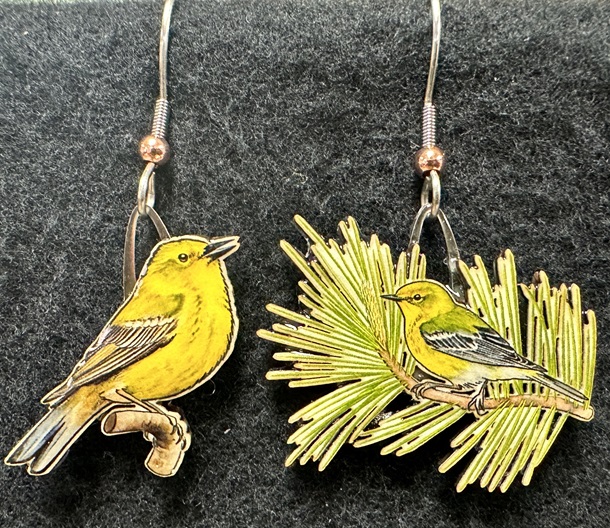
076 Pine Warbler. In eastern forests this bird is associated with pine trees. They eat pine seeds as well as glean insects from the trees branches. Pine Warblers winter in the south eastern states when northern birds fly south to join year round residents. Designed by Amy Shawley Paquette.
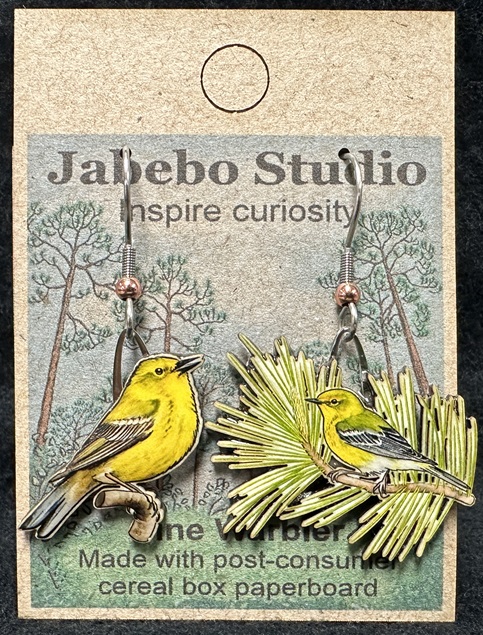
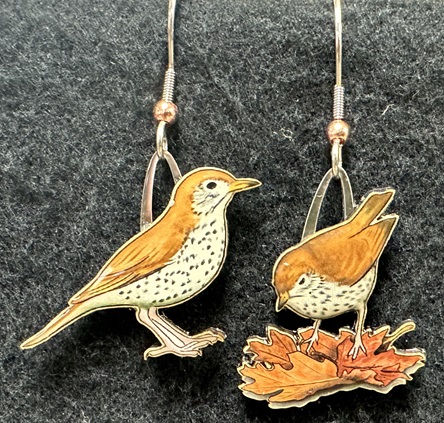
118E Wood Thrush. The Wood Thrush likes to spend its breeding season under a dense, deciduous forest canopy. Their musical song is synonymous with spring, but it is disappearing due to the loss of continuously forested space. Design by Kevin.
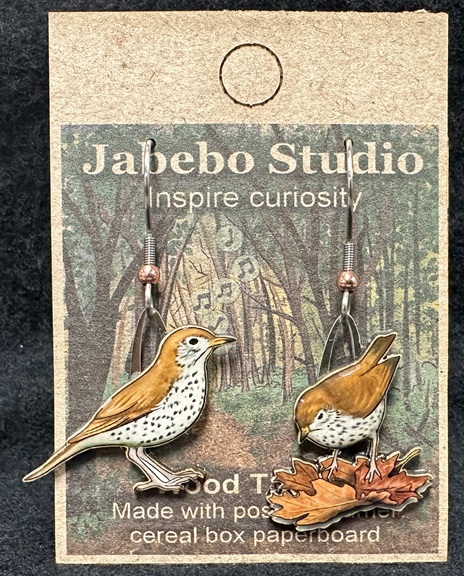
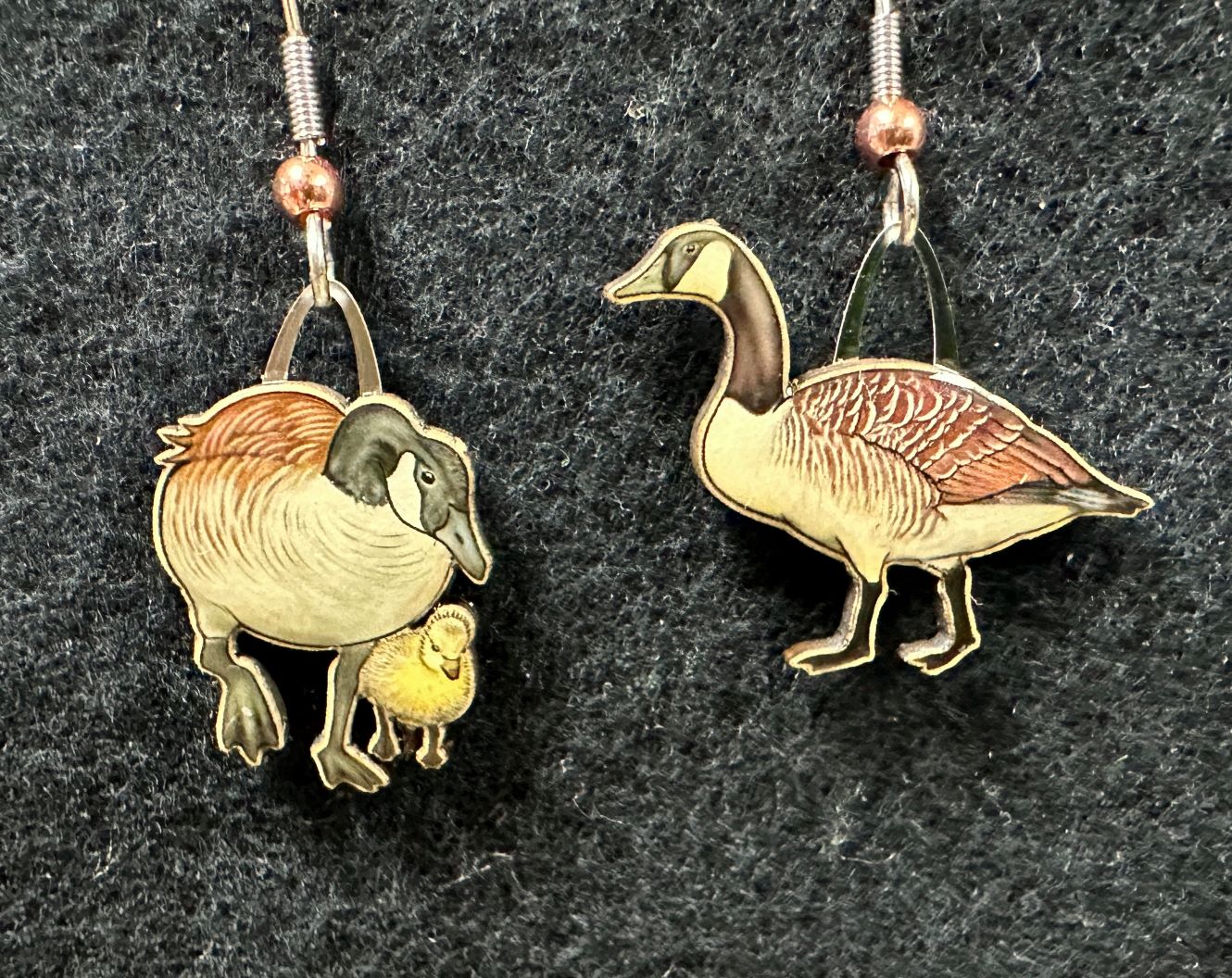
144 Canada Goose. The loud honks and V- formations of these aggressive waterfowl are familiar across North America. Warning displays and hisses are followed by running charges and flights toward a perceived foe – especially when goslings are close! Design by Kevin.
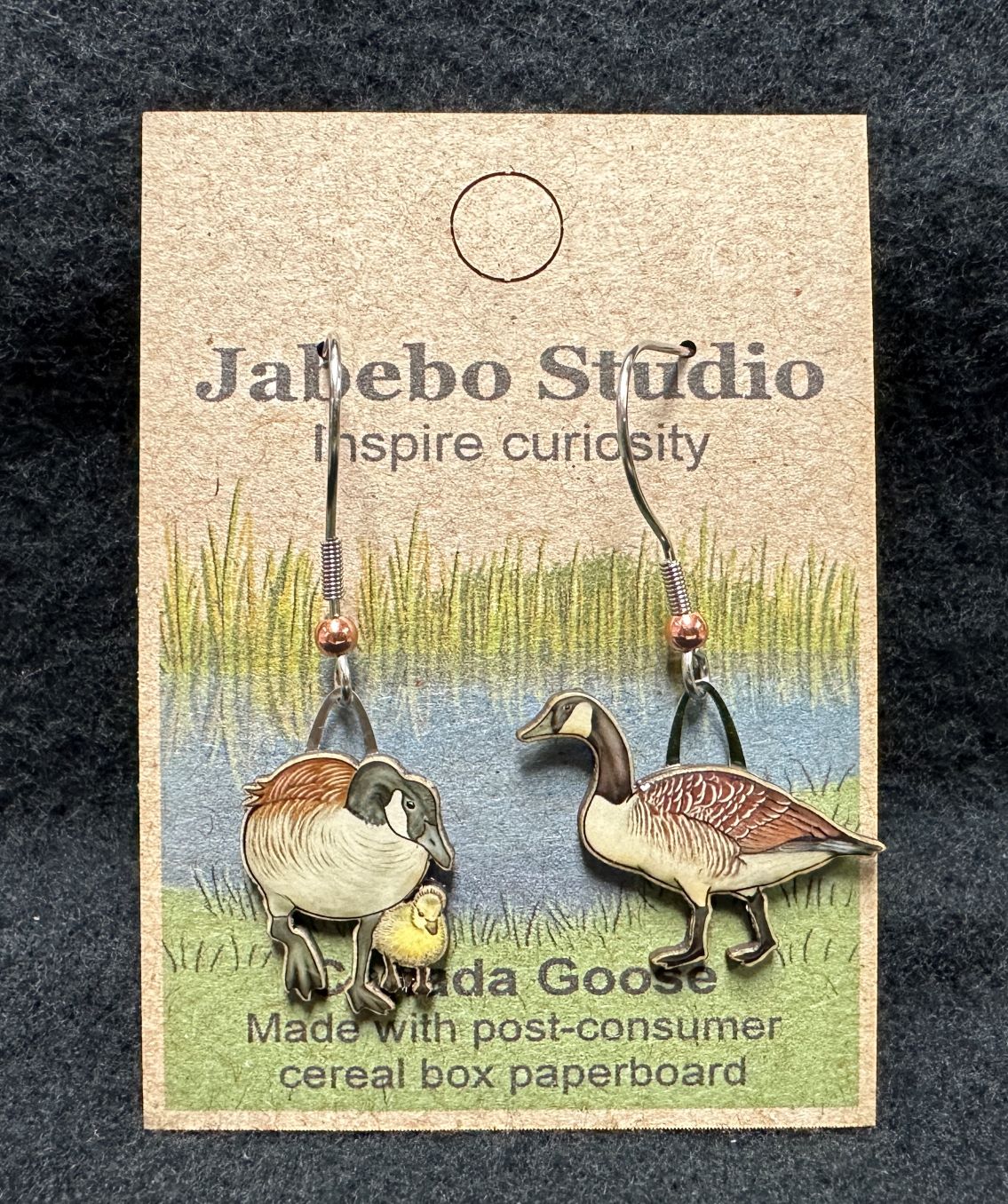
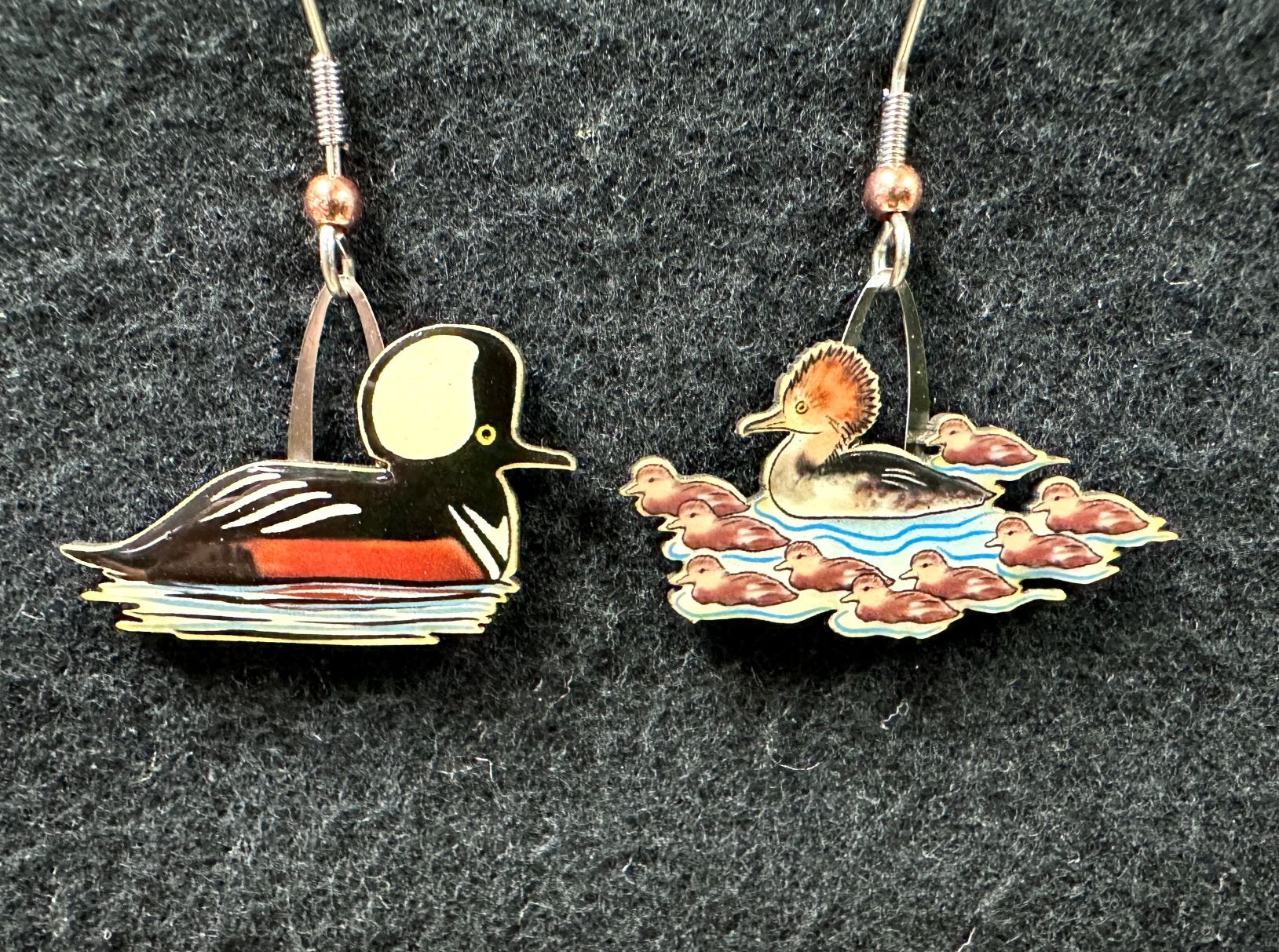
148 Hooded Merganser. These waterfowl sport a huge crest, long tail for agility in flight, and a slightly hooked, serrated beak for catching prey underwater. They can chase prey for up to 2 minutes but surface before swallowing them headfirst, avoiding any danger from the spines on the fins. Design by Kevin.
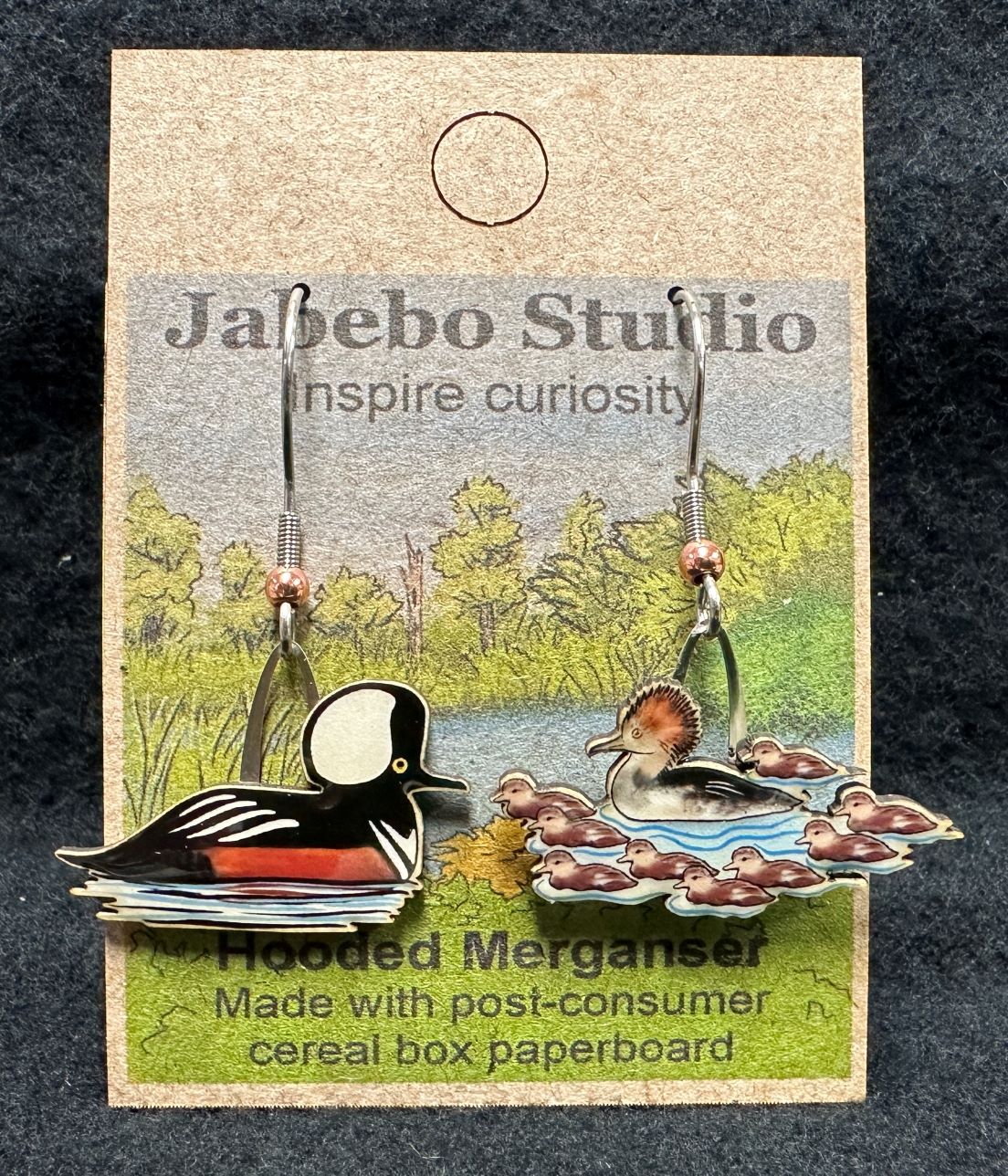
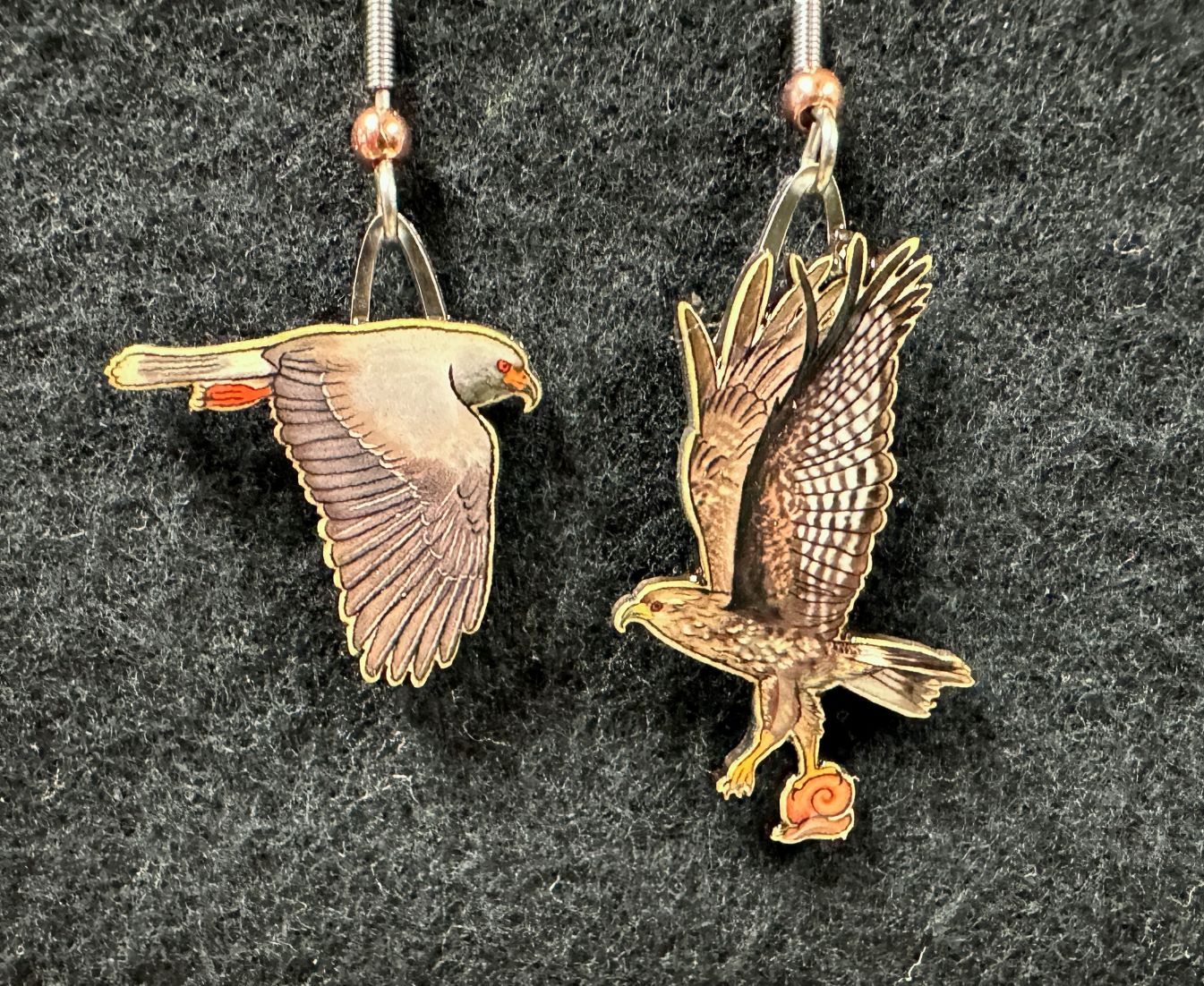
180B Snail Kite. With a special hooked bill, a Snail Kite is highly adapted to eating apple snails. Hunting involves soaring over shallow open marshes searching for the snails. When the bird finds prey, it suddenly drops down upon it. Design by Kevin.
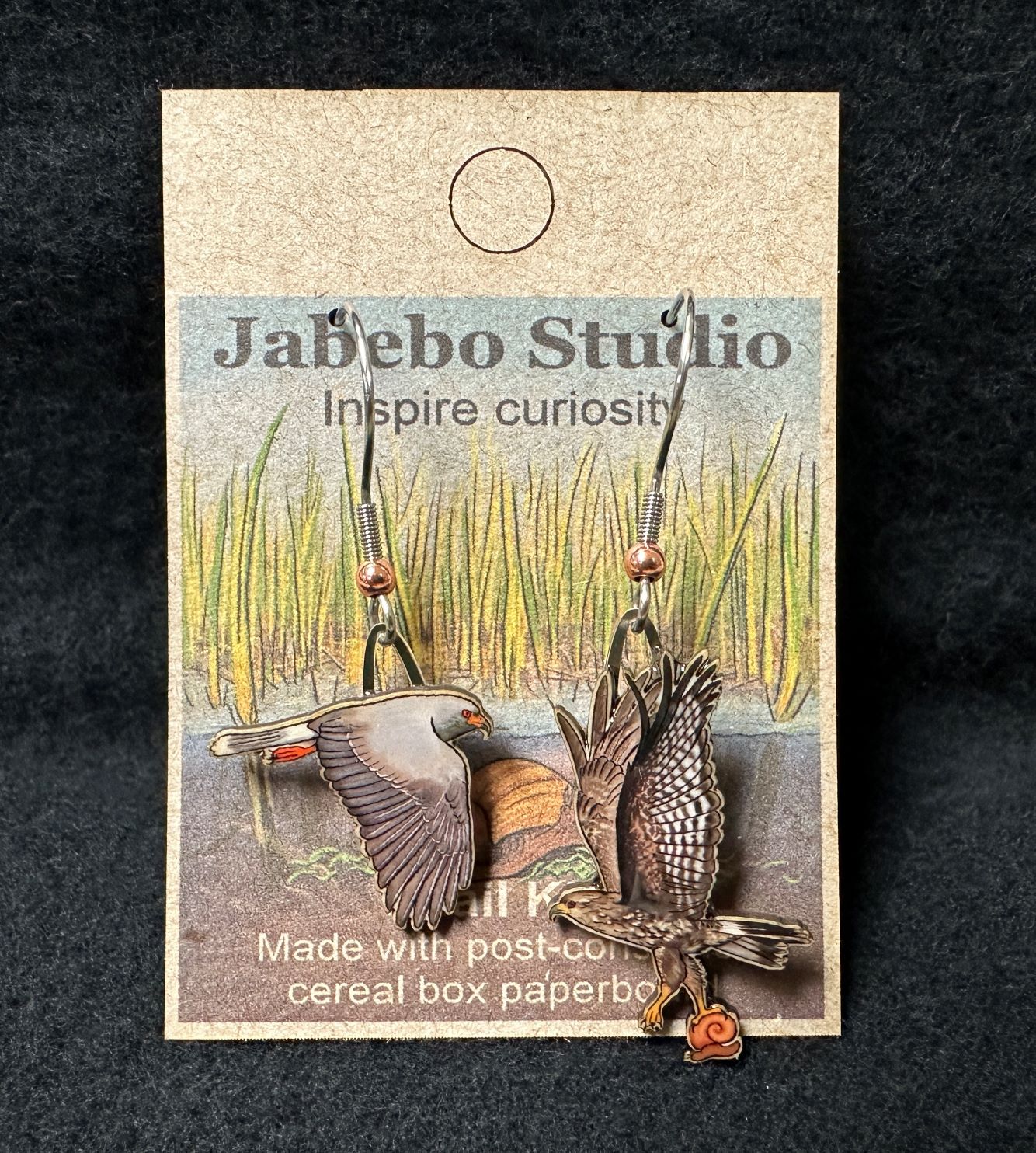
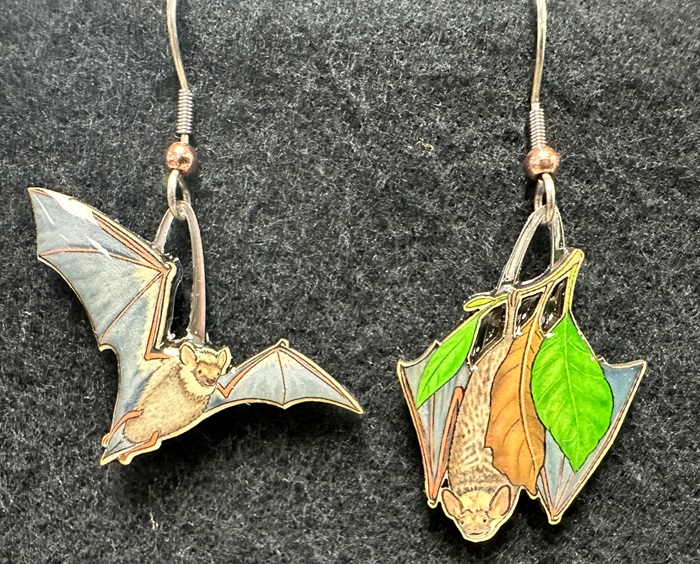
519 Hoary Bat. Not likely to enter a cave, or your attic, the Hoary Bat roosts in mature trees. Bundled up in their membrane, they mimic a dry leaf. This bat species has the widest range, stretching across North America and Hawaii. Design by Kevin.
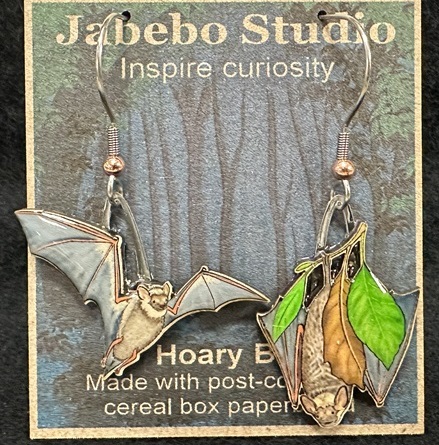
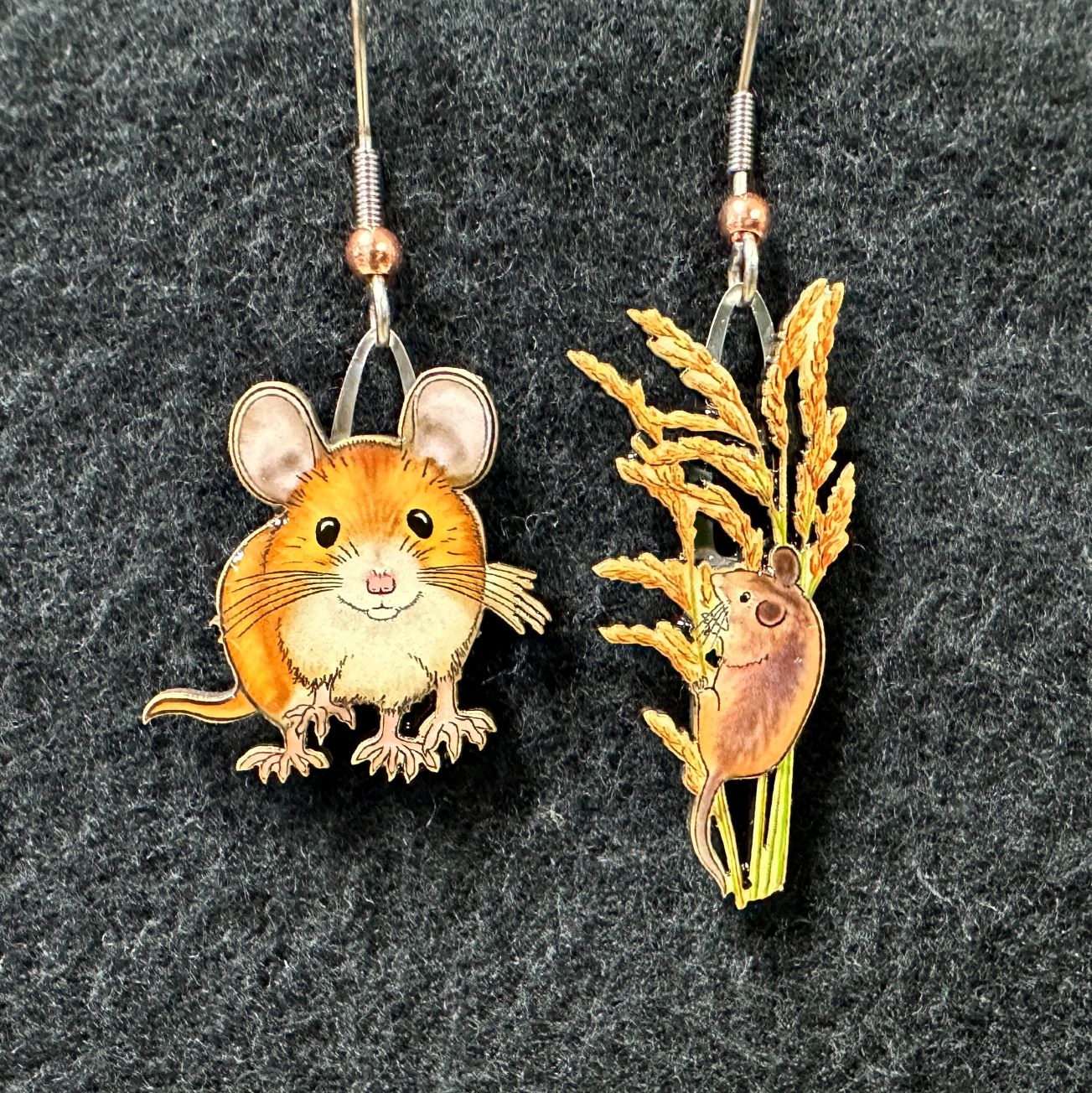
572 Field Mouse. These cute, minute mammals are
an important link in the food chain. Many species of small and medium size predators hunt for them. A female mouse may have a new litter every 3 to 4 weeks during the warmer months of the year. Design by Kevin.
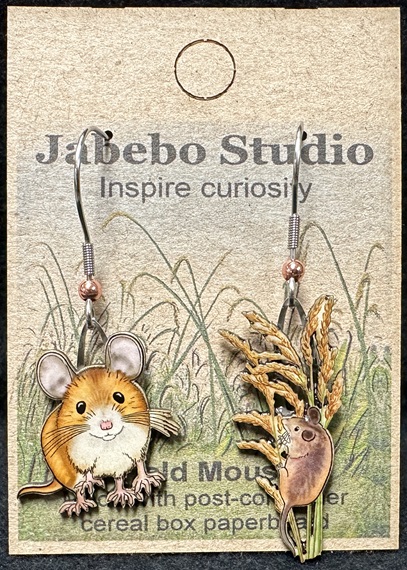
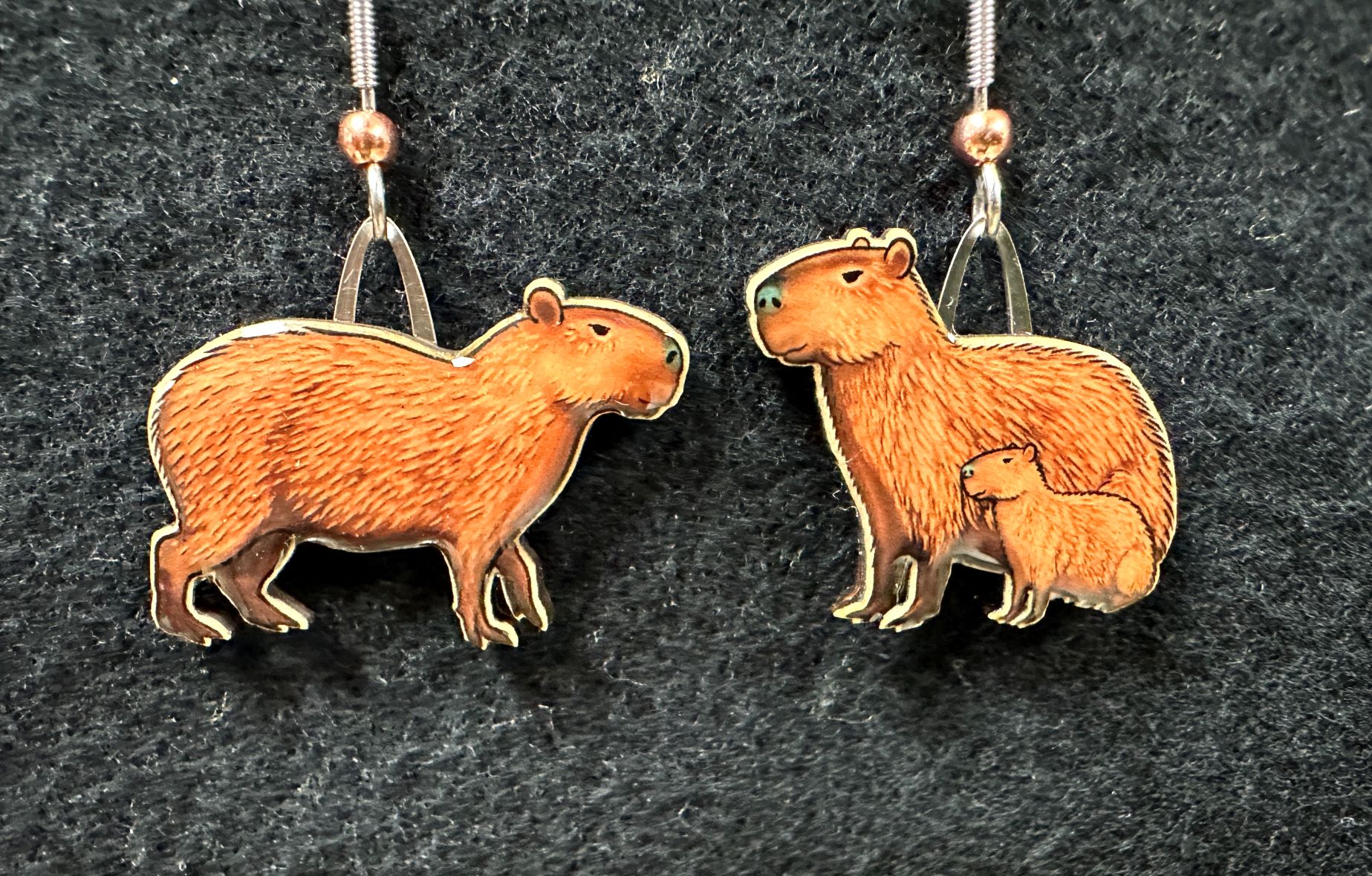
573 Capybara The largest of the rodents, Capybaras are related to guinea pigs. Loving water, these 100 lb
creatures live in and around lakes and rivers of South America. Their babies are born precocial, looking like miniature adults. Design by Kevin.
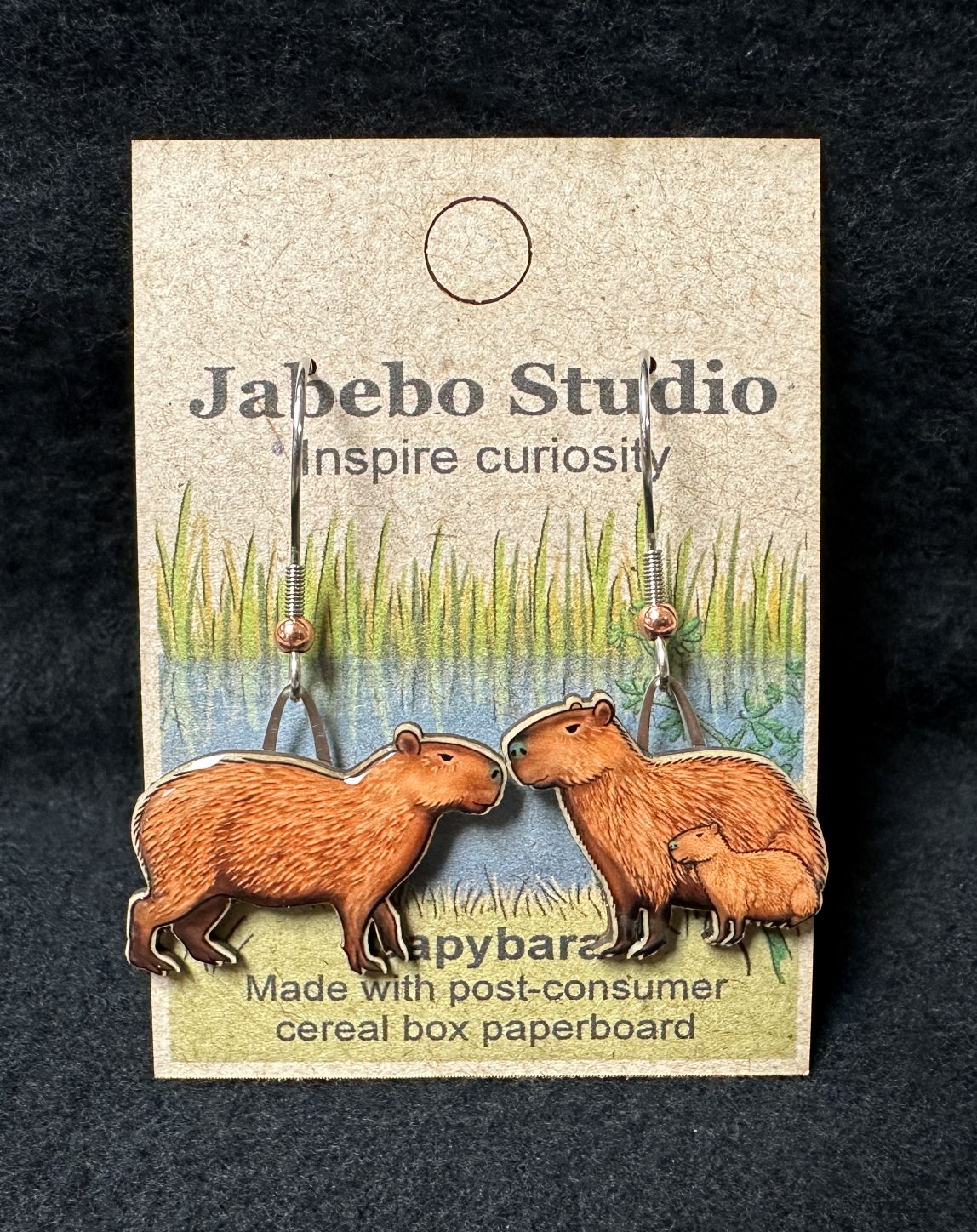
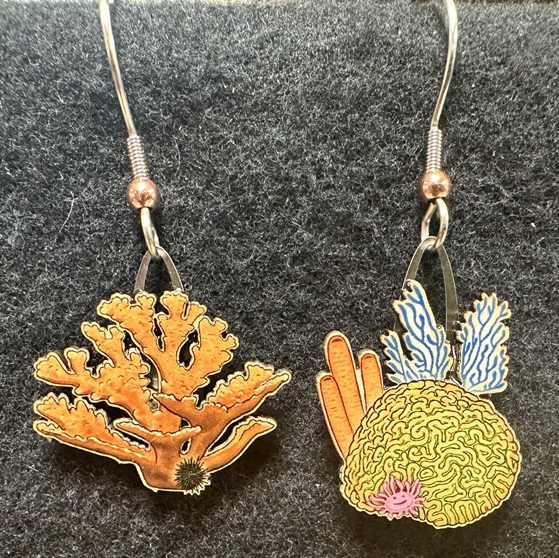
673 Tropical Coral Reef Reef habitat occupies a small percent of all of the ocean floor. However, beyond the reef, many species benefit from the bounty produced in a reef community. If you eat seafood, technically you would be on this list of beneficiaries. Design by Kevin.
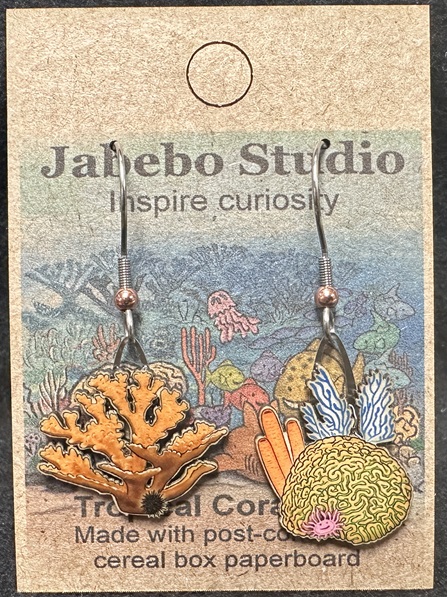
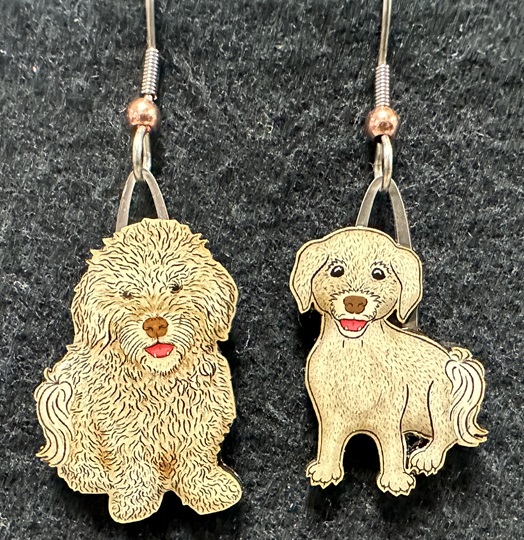
827 Time for a Groom. Who’s that?
Wait, is that me? Certainly not. You must be mistaken. I asked for just a trim. Designed by Kevin.

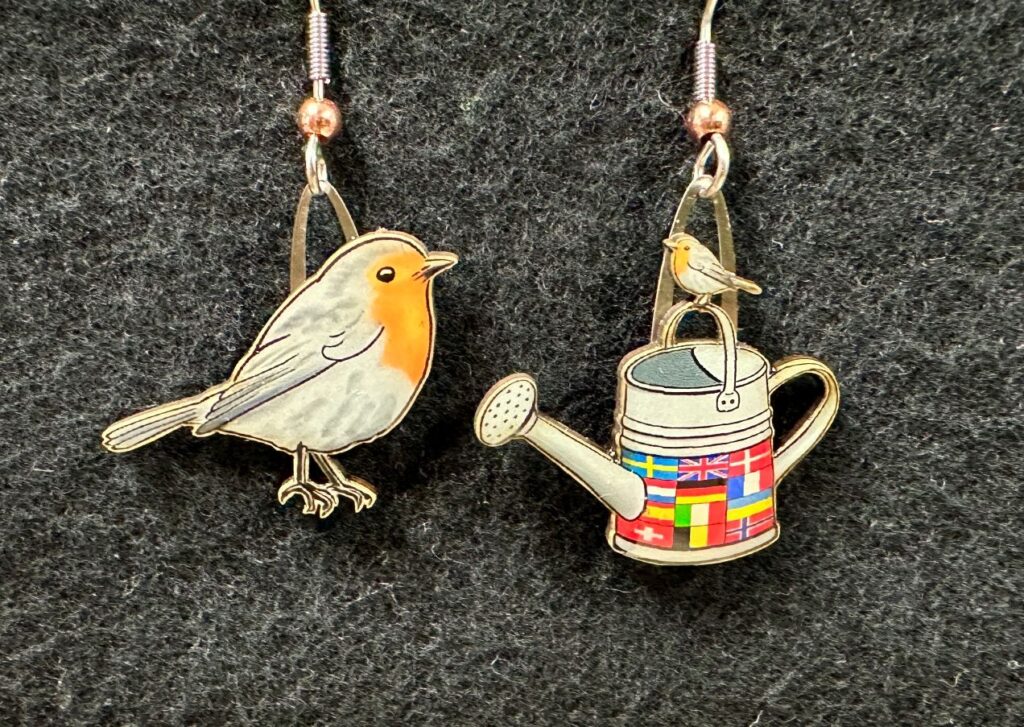
5300 Robin Redbreast Also known as the European Robin, these little birds live throughout Europe. In the U.K. they are known for following gardeners around as they work. There is no relation to American Robins except both being named for their red breasts.
